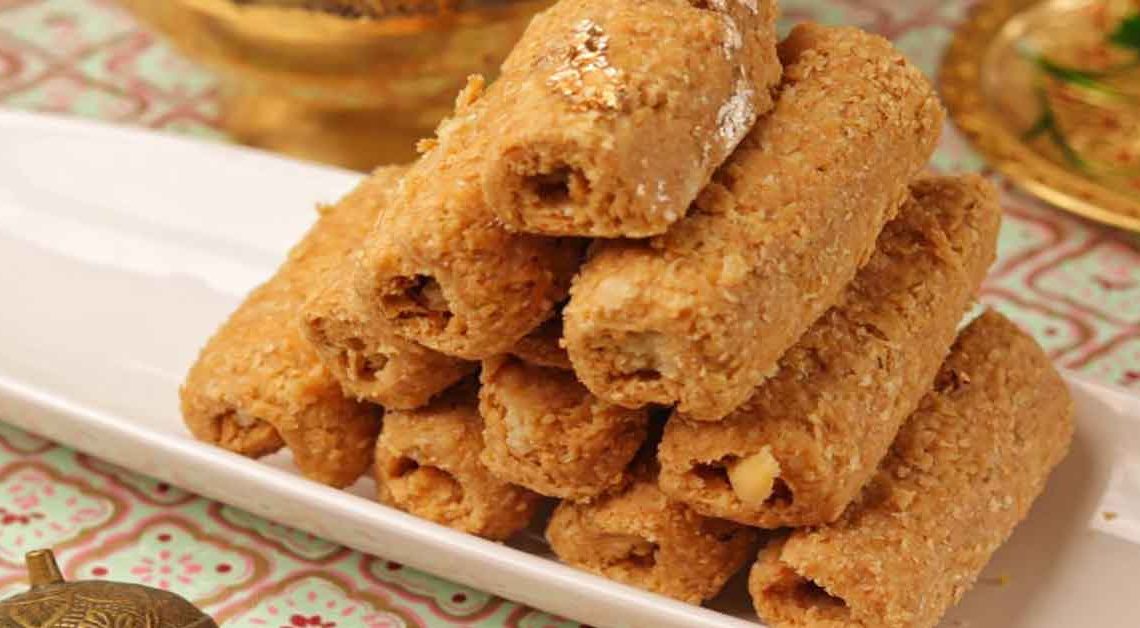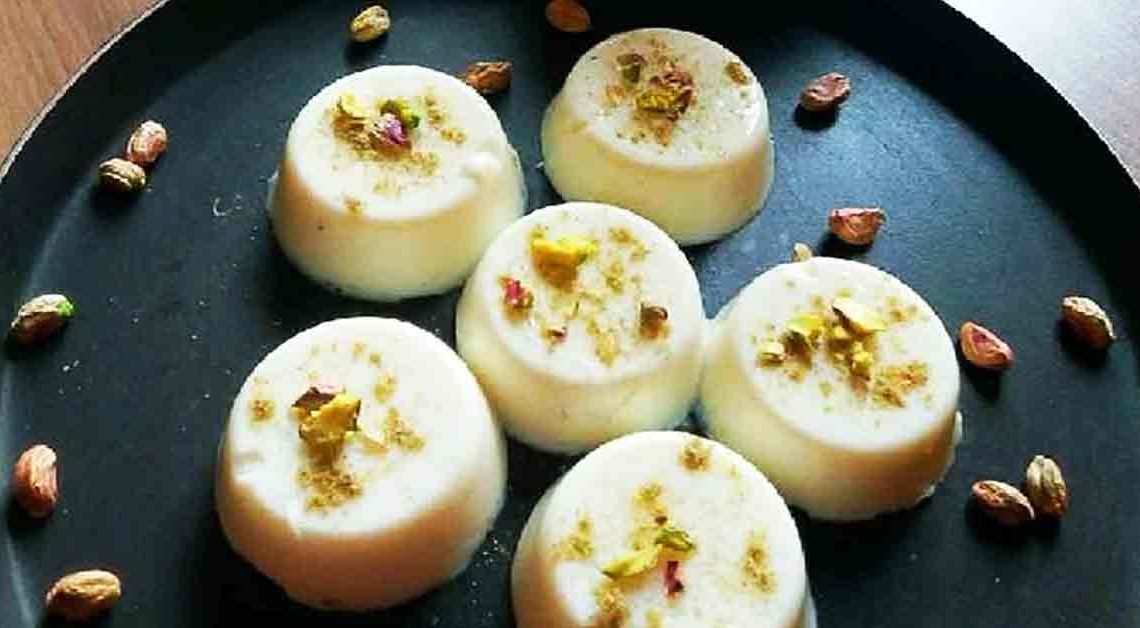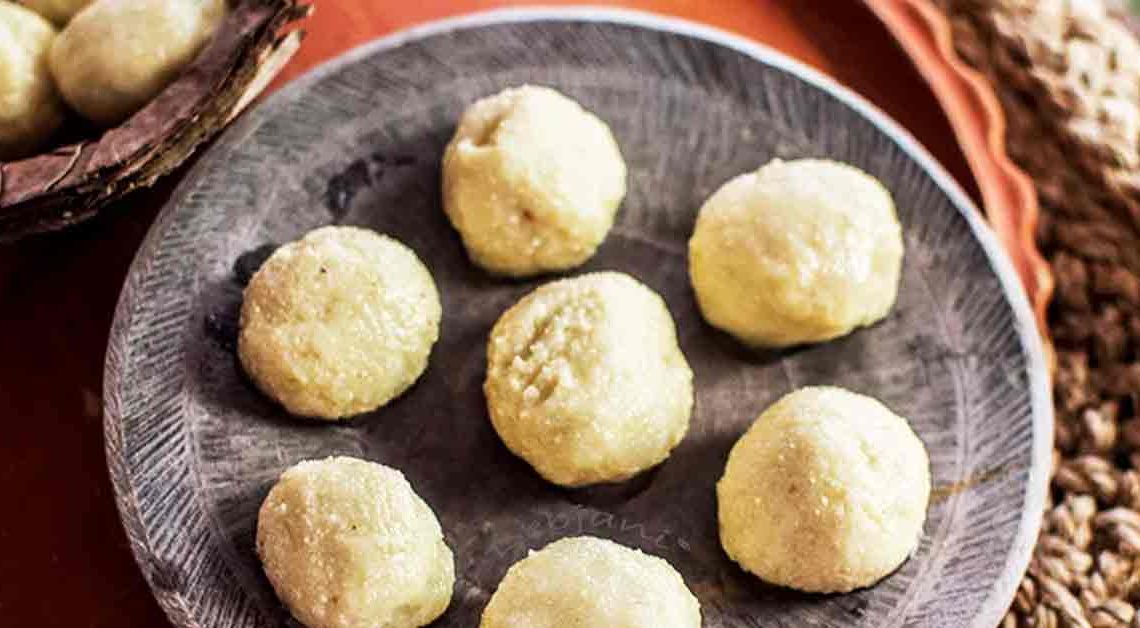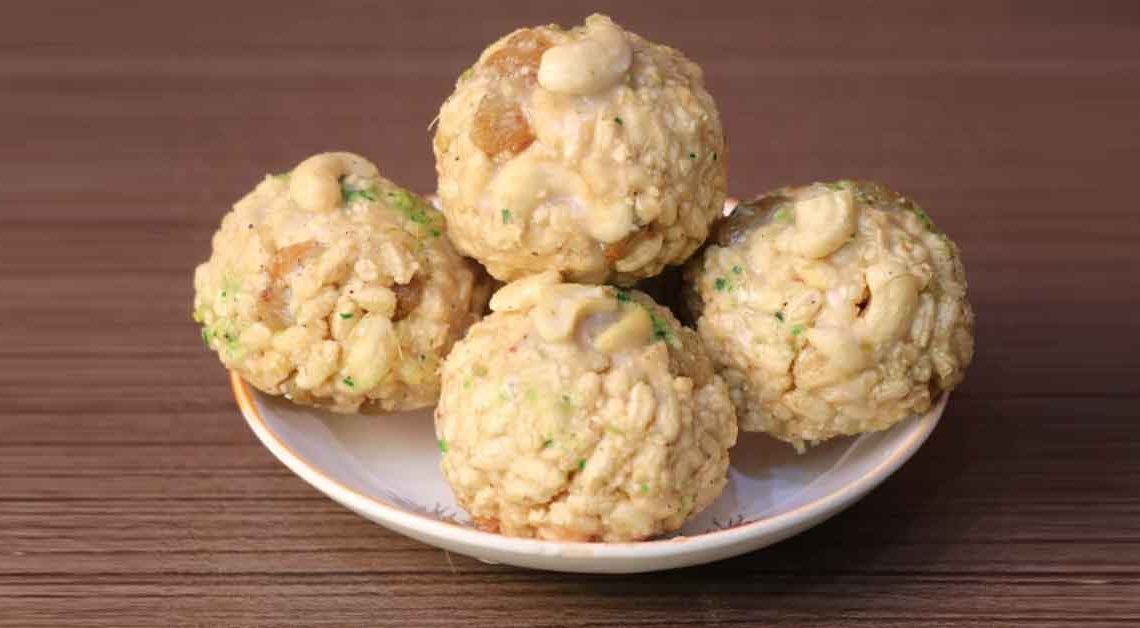Gajak Variations: Unveiling the Art of Gud Til Gajak

Welcome to the delectable world of Gud Til Gajak on Mithainama, where tradition meets indulgence in a symphony of sweet sensations!
Embark on a flavorful journey with our food blog as we unravel the enchanting tales behind the irresistible dessert. This iconic Indian sweet, celebrated for centuries, is not just a confection; it’s a cultural masterpiece. Picture this – golden sesame seeds and crunchy jaggery dance in harmony, creating a sweet symphony that captivates taste buds and transcends generations.
In our culinary escapade, we’ll explore the rich history and regional variations of Gajak, tracing its origins back to ancient festivities and rituals. From the vibrant streets of Rajasthan to the kitchens of Bengal, each bite narrates a story of tradition, love, and the artistry of local artisans.
Get ready to indulge in the magic of Gud Til Gajak like never before!
Origin of Gud Til Gajak
The origin can be traced back to ancient times, with its roots deeply embedded in Indian culture and traditions. This sweet delicacy has stood the test of time, evolving over centuries to become a beloved treat during various festivals and celebrations.
Historically, it finds origins in the northern regions of India, particularly in states like Rajasthan, Uttar Pradesh, and Punjab. Its inception can be linked to the winter harvest festivals, where sesame seeds and jaggery were abundantly available. These two primary ingredients became the stars of the show, giving birth to the delectable Gajak.
As we savor the delightful Gud Til Gajak today, let’s appreciate not just the sweetness on our tongues but also the cultural tapestry that has woven this timeless treat into the fabric of Indian culinary heritage.
History of Gud Til Gajak
The history is a tapestry woven with the threads of tradition, culture, and centuries-old culinary expertise. This iconic sweet has deep roots in Indian heritage, and its journey through time reflects the rich diversity and celebration of festivals.
It can be traced to ancient scriptures and historical texts that mention the use of sesame seeds and jaggery in various culinary preparations. As centuries passed, these ingredients became central to festive occasions, especially during winter harvest festivals like Makar Sankranti.
The earliest records of it date back to medieval India, where it gained popularity in the northern regions. Initially, it served as a nutritious and energy-boosting treat during the winter months, thanks to the inherent health benefits of sesame seeds and the natural sweetness of jaggery.
The making of it became a traditional art form, passed down from one generation to the next. Artisans and home cooks perfected the delicate balance of roasting sesame seeds and creating a molten jaggery syrup, which, when combined, resulted in the distinctive crunchy texture of Gajak.
Cultural Significance
It holds profound cultural significance in the diverse tapestry of Indian traditions and celebrations. This iconic sweet is not merely a culinary delight but a symbol of festivity, heritage, and the communal spirit that binds communities together.
Festive Celebrations: It is deeply ingrained in the fabric of various Indian festivals, with a prominent presence during Makar Sankranti. The winter harvest festival marks a time of thanksgiving and abundance, and becomes a staple treat during these celebrations.
Seasonal Connection: The choice of ingredients in its sesame seeds, and jaggery, is not arbitrary. Sesame seeds are known for their warmth and energy-boosting properties, making them particularly suitable for the winter season.
Culinary Heritage: It is a living testament to the culinary heritage passed down through generations. The traditional methods of preparation, often handed down within families, showcase the artistry and skill involved in creating this sweet delicacy.
Where is Gud Til Gajak Famous?
It is famous and widely enjoyed across various regions of India, particularly in the northern states. Some of the states where it holds significant popularity include:
Rajasthan: It is deeply rooted in the culinary traditions of Rajasthan. It is a staple during festivals like Makar Sankranti, where the combination of sesame seeds and jaggery resonates with the spirit of the winter harvest celebration.
Uttar Pradesh: This traditional sweet is also highly cherished in Uttar Pradesh. It is not only a festive treat but is often enjoyed as a snack throughout the year. Different varieties of gajak can be found in local markets and sweet shops.
Punjab: In Punjab, it is a popular winter delicacy. The state’s rich agricultural culture and love for festive sweets make Gajak a cherished part of celebrations.
Interesting Facts and Trivia
These interesting facts showcase the deep cultural roots, culinary artistry, and diverse flavors associated with the beloved Indian sweets, making it more than just a sweet – it’s a symbol of heritage and celebration.
- It is closely associated with the festival of Makar Sankranti, which marks the transition of the sun into the zodiac sign of Capricorn. This festival, celebrated in January, symbolizes the end of winter and the arrival of longer days.
- Sesame seeds, a primary ingredient in gajak, are a rich source of essential nutrients, including calcium, iron, and magnesium. Jaggery, a natural sweetener, is often considered a healthier alternative to refined sugar, as it retains some of its natural vitamins and minerals.
- It reflects the cultural diversity of India, bringing people together across regions. Its popularity is a testament to the shared love for traditional sweets that transcends geographical boundaries.
- Jaggery is a natural sweetener that is considered a healthier alternative to refined sugar. It releases energy slowly, preventing the sudden spikes and crashes associated with processed sugars.
- While the classic gajak comprises sesame seeds and jaggery, regional variations introduce an array of flavors. Some versions include additional ingredients such as cardamom, dry fruits, and even spices, adding a unique twist to the traditional recipe.
Did You Know?
Gud Til Gajak, beyond its delicious taste, offers a treasure trove of health benefits:
- Packed with sesame seeds, is a nutritional powerhouse. Sesame seeds are rich in essential nutrients like calcium, iron, and zinc, contributing to overall bone health and boosting the immune system.
- The combination of sesame seeds and jaggery provides a quick energy boost. Whether you need a pick-me-up during festivities or a midday snack, it is a natural source of energy.
- Sesame seeds contain heart-friendly compounds, including monounsaturated and polyunsaturated fats. These healthy fats can contribute to lower cholesterol levels and support cardiovascular health.
- Jaggery, a key ingredient, is known for its antioxidant properties. Antioxidants help combat oxidative stress in the body, potentially reducing the risk of chronic diseases and promoting overall well-being.
- Sesame seeds are a good source of iron, making it a tasty way to supplement your diet with this essential mineral. Adequate iron intake supports the production of red blood cells and helps prevent anemia.







